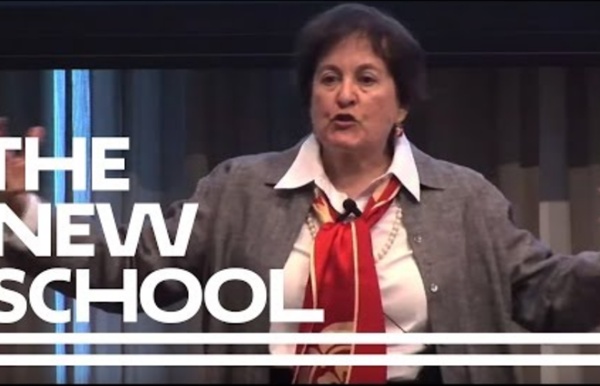



Aspects of Connected Speech Index Aspects of Connected Speech Here is a list of the most important aspects of connected speech, i.e. how words change when caught up in the great rush of everyday conversation. If you are not a phonetics/phonology student then skip over the technical bits and just listen to the examples. Weak Forms Assimilation of Place of Articulation Yod Coalescence Gap filling exercise on Yod Coalescence Elision Assimilation of Voicing R-linking The Glottal Stop Exercises on Aspects of Connected Speech Visit the pages above before you attempt to do these exercises. Exercise #1 Exercise #2 Practical Examples Here are some practical examples of how some common 'chunks' are usually realized: Telling the difference between Can and Can't Realizations of Have Realizations of Would Realizations of Do you...? Realizations of Could you....? Realizations of Did you....? Dictation exercises Here you will find a series of gap-filling exercises dealing with all the aspects of connected speech outlined above. Dictation exercises #1
Apprendre l'anglais partie 1 Adult ESL Training Videos - New American Horizons Teaching ESL to Adults: Classroom Approaches in Action is a series of twelve videos, which can be viewed online on this page or purchased as four DVD volumes. For a list and description of the titles, click here. To view the twelve videos online, select a thumbnail below the player. An arrow to the right of the four thumbnails leads to four more thumbnails, then four more. To see a brief description of a video, after selecting it, click on “Menu” in the lower right corner of the player. The quality of your online viewing experience depends on the capacity of your computer and the speed of your internet connection. Escape Pod Apprendre l'anglais : vocabulaire de 1280 mots, expressions ou phrases
Free Audio Books for Children | Free Audio Stories for Kids | Audio Stories & Brain Games For Kids Windswept(5 mins) Written by Nadine D’Souza. A Copperpod tree learns that it takes two to tango. Piggis Play Games(6 mins) Written by Dave Donicci. Boy and girl pigs tackle outdoor games. The Persistent Rain Cloud(6 mins) Written by Nadine D’Souza. The Tale of Peter Rabbit(7 mins) Written by Beatrix Potter. Petie’s Peanut Butter Pizza(7 mins) Written by Joan Winifred . How The Camel Got His Hump (8 mins) Written by Rudyard Kipling. The Tale of the Flopsy Bunnies (8 mins) Written by Beatrix Potter. The Fantabulous Cumulo-Nimbuli Pump(8 mins) Written by Chuck Brown. The Three Little Pigs(8 mins) Traditional. The Tale of Benjamin Bunny(9 mins) Written by Beatrix Potter. The Tale of Squirrel Nutkin(9 mins) Written by Beatrix Potter. The City Zoo(9 mins) Written and Illustrated by George Comninos. Rapunzel(10 mins) Traditional. The Legend Of The Black Sea(11 mins) An old fisherman learns the importance of giving others the benefit of the doubt. Jack & The Beanstalk(27 mins) Traditional.
Verbes les plus communs en anglais. Leçon 1/3 acupofenglish's Podcast Lesson 18 - Expressions About Tables - English Vocabulary The final ed sound of the simple past tense of regular English verbs There are three ways to pronounce the final –ed of regular verbs in the simple past. This pronunciation is determined by the final sound of the verb in the base form : Is it a voiced consonant, an unvoiced consonant, or a vowel sound? Learn more about vowel sounds and voiced and unvoiced sounds in the lesson on English phonetics . Before you continue, review the lesson on the simple past . Note that in all the examples below the first column represents the IPA ( International Phonetic Alphabet ) symbol for the final sound of the verb in its base form. After unvoiced sounds such as p, f, s, k, , and the final –ed is pronounced like t as in the word cat. After voiced sounds such as b, g, v, z, , m, n, ŋ, l, , and r the final –ed sound is pronounced like d as in good. The final –ed is also pronounced like the d in good after all vowel sounds. For verbs ending in d and t the final –ed is pronounced Id as in the final two letters of the word did. Related lessons:
Cours d'anglais - Les conversations au travail Apprendre l'Anglais en Ligne: Les idiomes 6/100